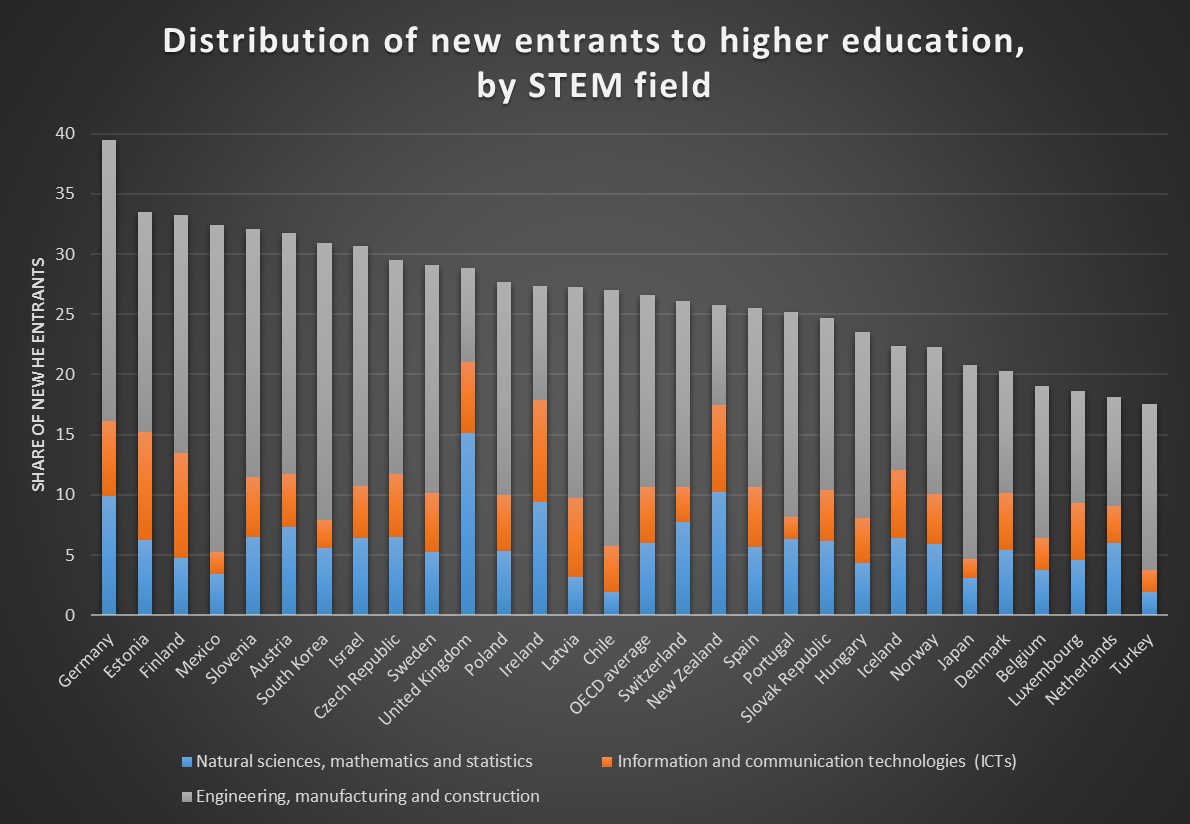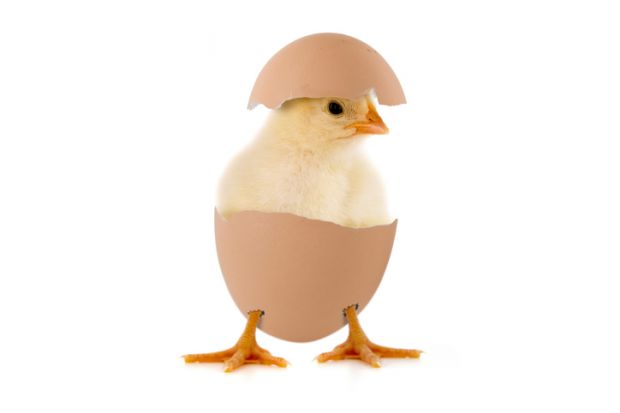Germany remains way ahead of other developed nations in terms of the share of new students who choose to study science, engineering, technology and maths subjects, the latest data show.
According to the Organisation for Economic Cooperation and Development’s new edition of Education at a Glance, 40 per cent of new higher education entrants in the country chose a STEM field in 2015, almost seven percentage points higher than Estonia, the next highest OECD country for which data were available.
However, the detailed figures, which for the first time have been broken down by broad STEM fields in the OECD’s report, show that Germany leads other countries only in subjects related to engineering, manufacturing and construction.
In natural sciences, maths and statistics, the UK is the country that sees the highest share of new higher education entrants studying in such fields, while for information and communication technology (ICT), Estonia and Finland come at the top of the list.

Andreas Schleicher, the OECD’s director for education and skills, said that one of the interesting questions that emerged from the data was whether attempts by governments to try to boost industry and manufacturing – as in the UK – actually affected the choices young people made.
“On one hand, you have the UK talking about strengthening manufacturing and industry and that is not reflected in the choices that young people make. It is still very much geared towards academic disciplines,” he said.
He added that it showed how difficult it was to convince students to follow fields where governments wanted increased skills and capacity in the future, when choices were being determined by the jobs that were available at present.
“How do you help students make meaningful choices: do you look at the present, which is easy, or do you somehow incentivise change?” Mr Schleicher said.
The OECD data also show the huge gender gulf in higher education participation in STEM subjects. On average across the OECD, just 30 per cent of new entrants who studied STEM subjects in 2015 were women.
The UK had the joint highest figure in the OECD for the share of female new entrants in STEM at 37 per cent, alongside New Zealand and Iceland. The lowest was in Belgium (22 per cent), although this figure excluded new entrants at doctorate level.
In terms of subjects within STEM, ICT had the lowest share of women starting higher education courses, with the OECD average being 19 per cent, while natural sciences, maths and statistics had the highest, with parity between male and female new entrants on average across the group of industrialised nations.
Find out more about THE DataPoints
THE DataPoints is designed with the forward-looking and growth-minded institution in view
Register to continue
Why register?
- Registration is free and only takes a moment
- Once registered, you can read 3 articles a month
- Sign up for our newsletter
Subscribe
Or subscribe for unlimited access to:
- Unlimited access to news, views, insights & reviews
- Digital editions
- Digital access to THE’s university and college rankings analysis
Already registered or a current subscriber? Login







